30 Mind-Blowing Shark Facts: Uncover the Secrets of These Ocean Predators | FactsLook

Introduction: Beyond the Jaws Myth
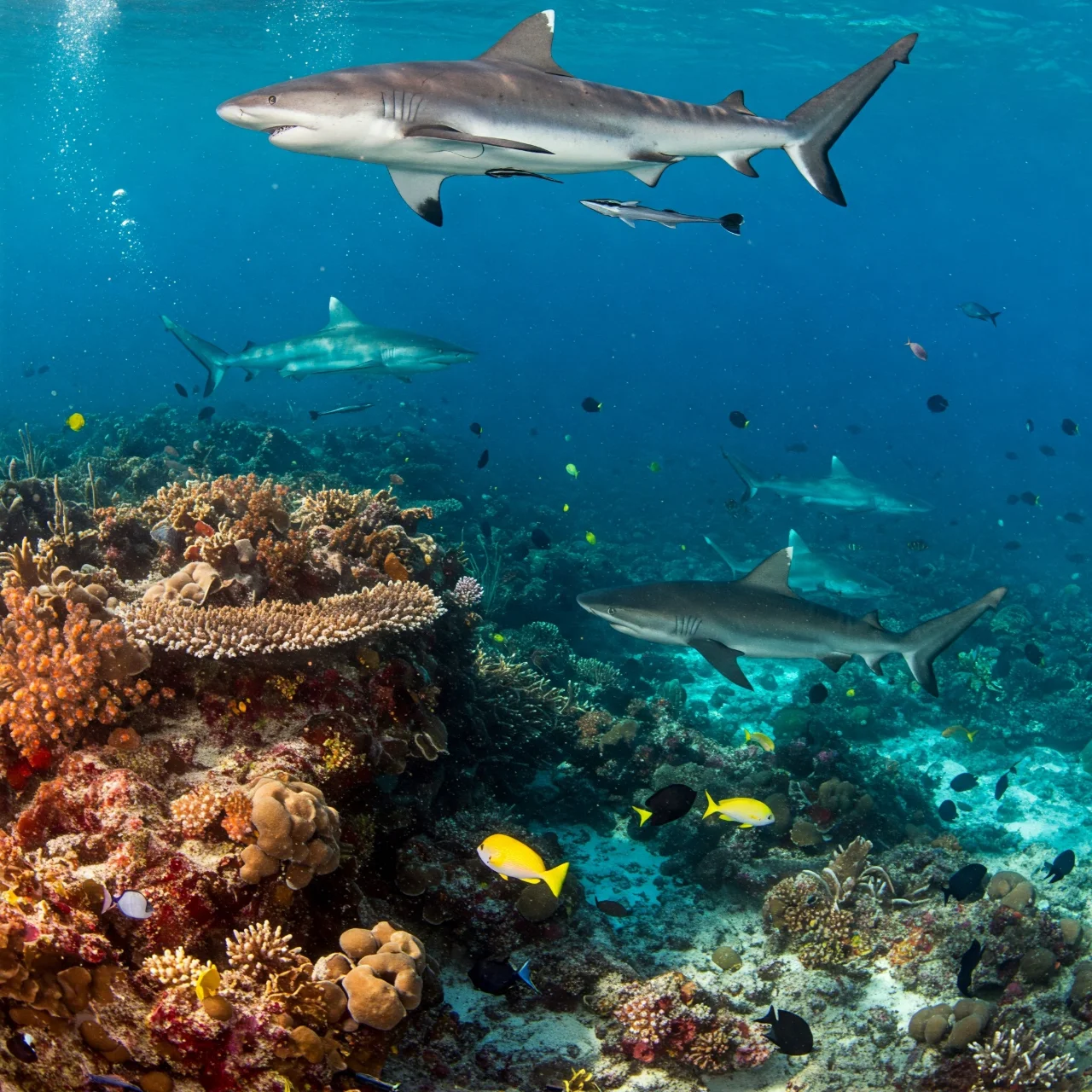
For decades, sharks have been portrayed as mindless killing machines. But the reality is far more nuanced! These ancient creatures are vital to ocean ecosystems, exhibiting incredible intelligence, complex social behaviors, and remarkable adaptations.
Prepare to be amazed as we unveil 30 fascinating shark facts that will change how you view these magnificent animals. Let’s dive in and debunk some myths along the way!
Sharks Predate Dinosaurs!
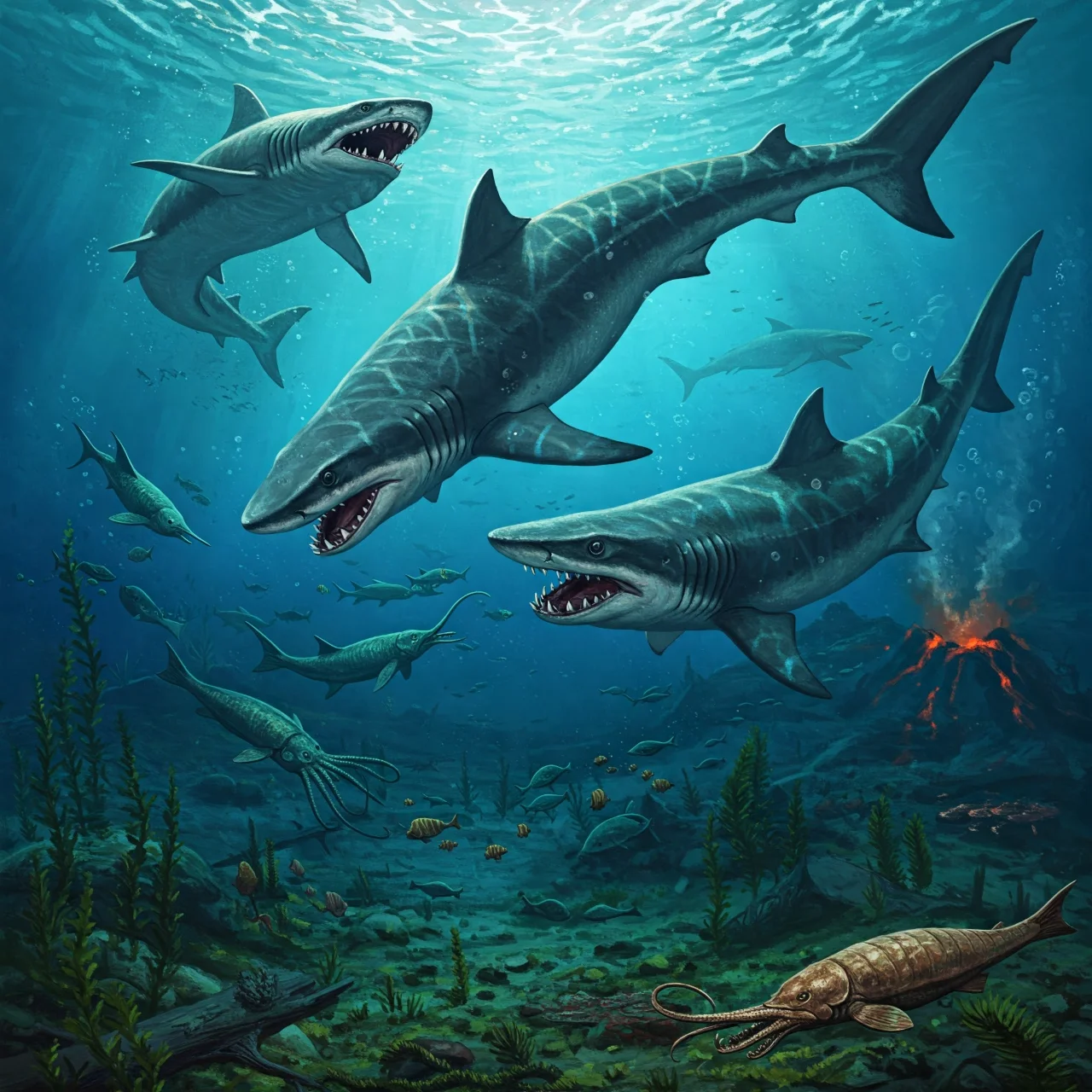
Believe it or not, sharks existed *before* the dinosaurs! The earliest shark ancestors appeared over 400 million years ago, during the Ordovician period.
This makes them one of the oldest and most evolutionarily successful vertebrate groups on Earth, surviving major extinction events that wiped out other species. [Source: Smithsonian Ocean]
Shark Skin Isn't Scales, It's Dermal Denticles
Unlike bony fish, sharks don’t have scales. Their skin is covered in tiny, tooth-like structures called dermal denticles or placoid scales.
These denticles reduce drag, allowing them to swim faster and more efficiently. Think of it as nature's own speed suit! This also makes their skin feel like sandpaper.
Sharks Can Detect a Single Drop of Blood in Millions of Gallons of Water
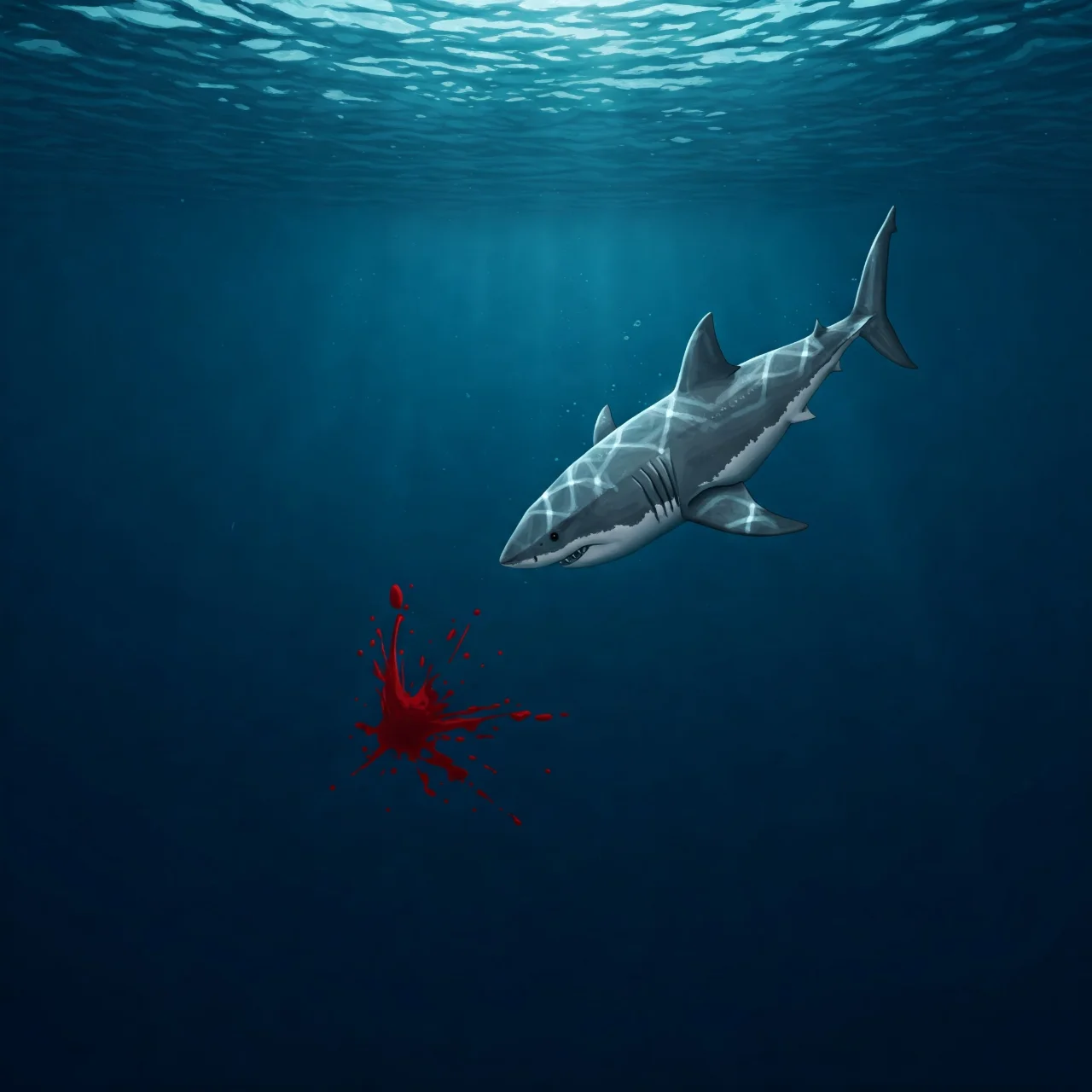
Sharks possess an incredibly acute sense of smell. They can detect blood from an astonishing distance – as little as one drop in 25 million gallons of water!
This is due to the large olfactory bulbs in their brain devoted to smelling. They initially follow the scent gradient, then use other senses to pinpoint the source.
Not All Sharks Need to Swim to Breathe
While many shark species rely on ram ventilation (swimming with mouths open), others have spiracles – small openings behind their eyes.
These spiracles allow them to breathe while stationary, which is essential for bottom-dwelling sharks like wobbegongs and nurse sharks. It also helps them rest on the seafloor.
Sharks Have Electroreceptors
Sharks possess specialized sensory organs called ampullae of Lorenzini, which detect electrical fields generated by other living creatures. This 'sixth sense' allows them to locate prey hidden in sand or detect the heartbeat of potential meals – even in murky water. Incredible!
Some Sharks Give Birth to Live Young

Not all sharks lay eggs! Many species, like hammerheads and bull sharks, are viviparous – meaning they give birth to live young. Embryos develop inside the mother, receiving nourishment through a placental connection or uterine milk, similar to mammals.
Others Lay ‘Mermaid’s Purses’
Oviparous sharks, like the Port Jackson shark, lay eggs encased in a protective capsule often called a ‘mermaid’s purse’. These capsules are typically attached to seaweed or coral, providing shelter for the developing embryo. The shape helps them wedge into rocks and prevent being swept away.
Sharks Have Multiple Rows of Teeth
Sharks are notorious for their toothy grins, and for good reason! They have multiple rows of teeth constantly developing behind their functional ones.
As teeth are lost or damaged, they are replaced by new ones, ensuring they always have a sharp bite. Some sharks can lose over 30,000 teeth in a lifetime!
Sharks Can Go Weeks Without Eating
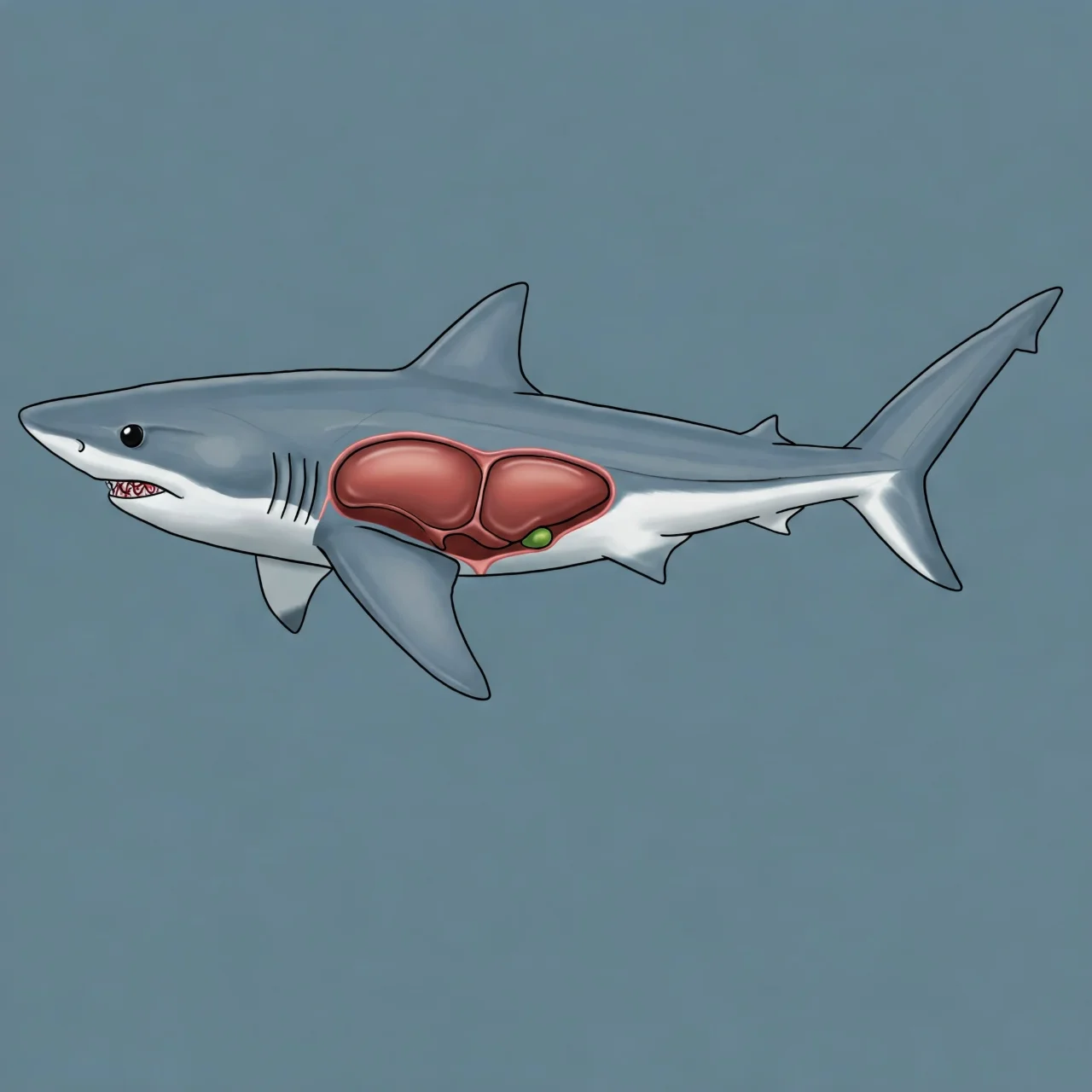
Due to their slow metabolism and efficient energy storage (primarily in their liver which can be up to 30% of their body weight!), sharks can survive for weeks, or even months, without a meal.
Great White Sharks, for example, can go months between large feedings. The frequency depends on size and activity level.
Some Sharks Exhibit Cooperative Hunting
Forget the solitary predator stereotype! Certain shark species, like hammerheads, engage in cooperative hunting strategies. They may herd schools of fish into tight balls, making them easier to consume, or work together to corner larger prey. This behavior shows remarkable intelligence.
The Greenland Shark is Incredibly Long-Lived!

The Greenland shark is the longest-lived vertebrate known to science! Scientists estimate they can live for over 250 years, with some individuals potentially exceeding 500 years of age. Their slow growth rate and cold-water environment contribute to their exceptional longevity. [Source: Nature]
Sharks Play a Crucial Role in Maintaining Healthy Oceans
As apex predators, sharks regulate populations of other marine animals, preventing any single species from becoming dominant. This helps maintain biodiversity and promotes the health of coral reefs, seagrass beds, and other vital ocean ecosystems. Removing sharks can cause trophic cascades.
Whale Sharks Are Gentle Giants
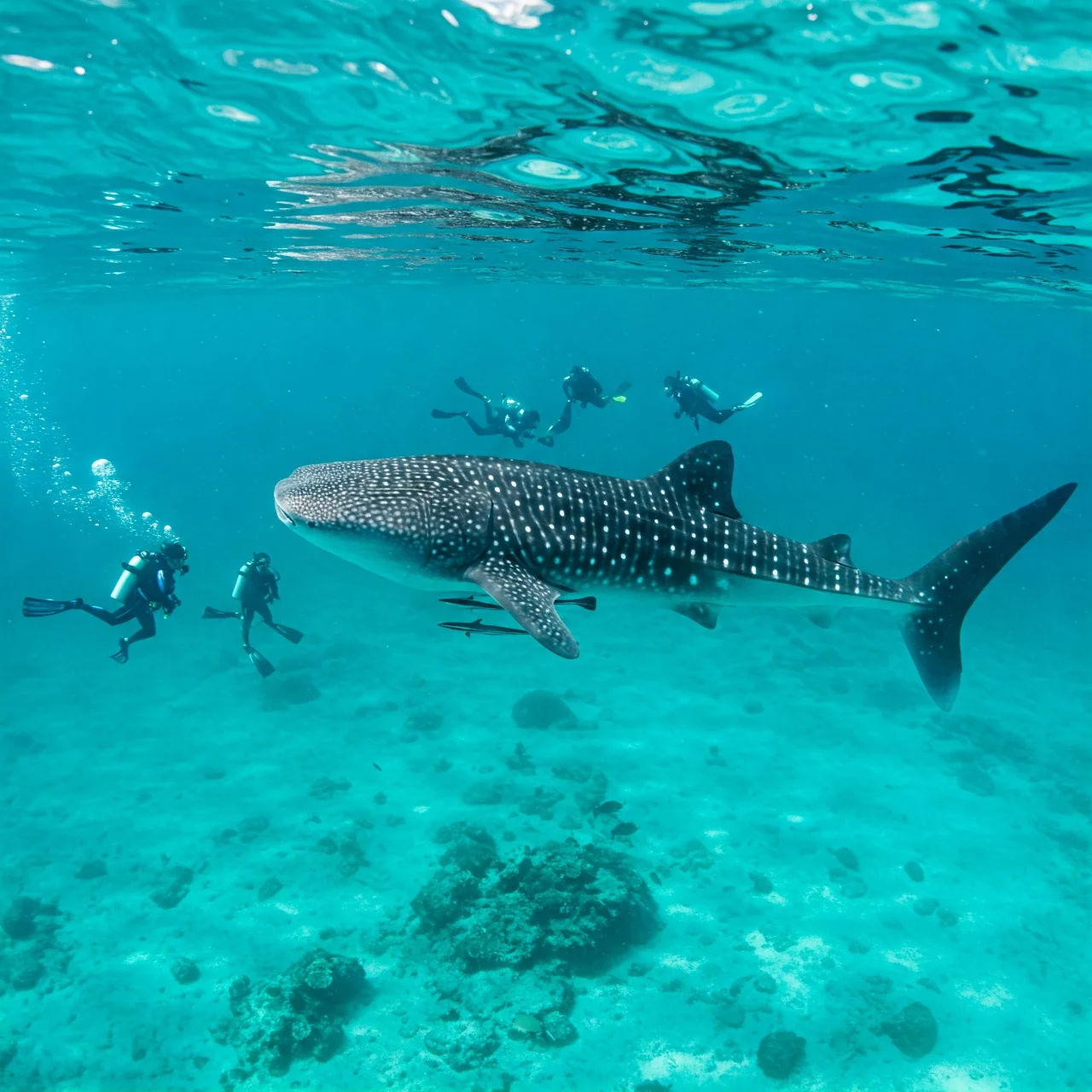
Despite their enormous size – growing up to 40 feet long – whale sharks are filter feeders. They primarily eat plankton and small fish using their massive mouths. They are gentle, harmless to humans, and often allow snorkelers and divers to swim alongside them.
Hammerhead Sharks Have Unique Head Shapes
The iconic hammer-shaped head (cephalofoil) of hammerhead sharks isn't just for show! It enhances their vision, increases their electroreceptive capabilities, and potentially aids in pinning down prey. Different hammerhead species have different cephalofoil shapes.
Sharks Can Enter a State of Tonic Immobility
When gently stroked on the snout, some sharks will enter a state of tonic immobility, resembling a trance-like state. This isn't paralysis, but rather a temporary suspension of voluntary muscle movement.
The exact cause is still debated, but it's thought to be a neurological response. *It should only be attempted by trained professionals!*
Some Sharks Migrate Incredible Distances
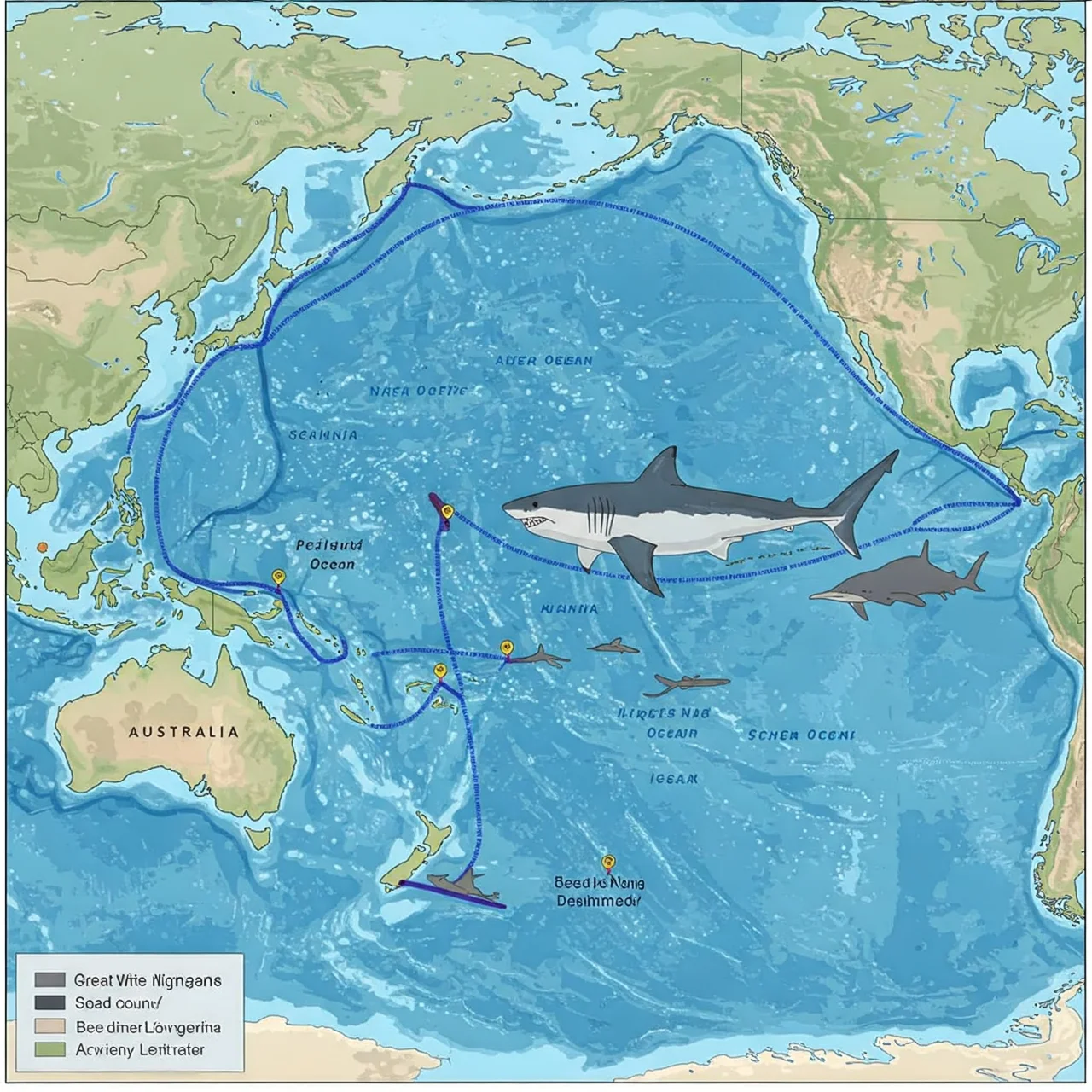
Great White Sharks, for example, undertake extensive migrations across entire oceans! They travel thousands of miles annually, following temperature gradients and prey availability. Tracking studies reveal fascinating insights into their migratory routes.
Sharks Have Cartilaginous Skeletons
Unlike bony fish, shark skeletons are made of cartilage – a flexible yet strong tissue. This makes them lighter and more agile in the water. While cartilage doesn't fossilize as easily as bone, it's surprisingly durable.
There Are Over 500 Known Shark Species
The world of sharks is incredibly diverse! There are over 500 known species, ranging in size from the dwarf lanternshark (about 6 inches long) to the whale shark (up to 40 feet long). New species are still being discovered, highlighting how much we have yet to learn.
Sharks Can See in Color – Contrary to Belief
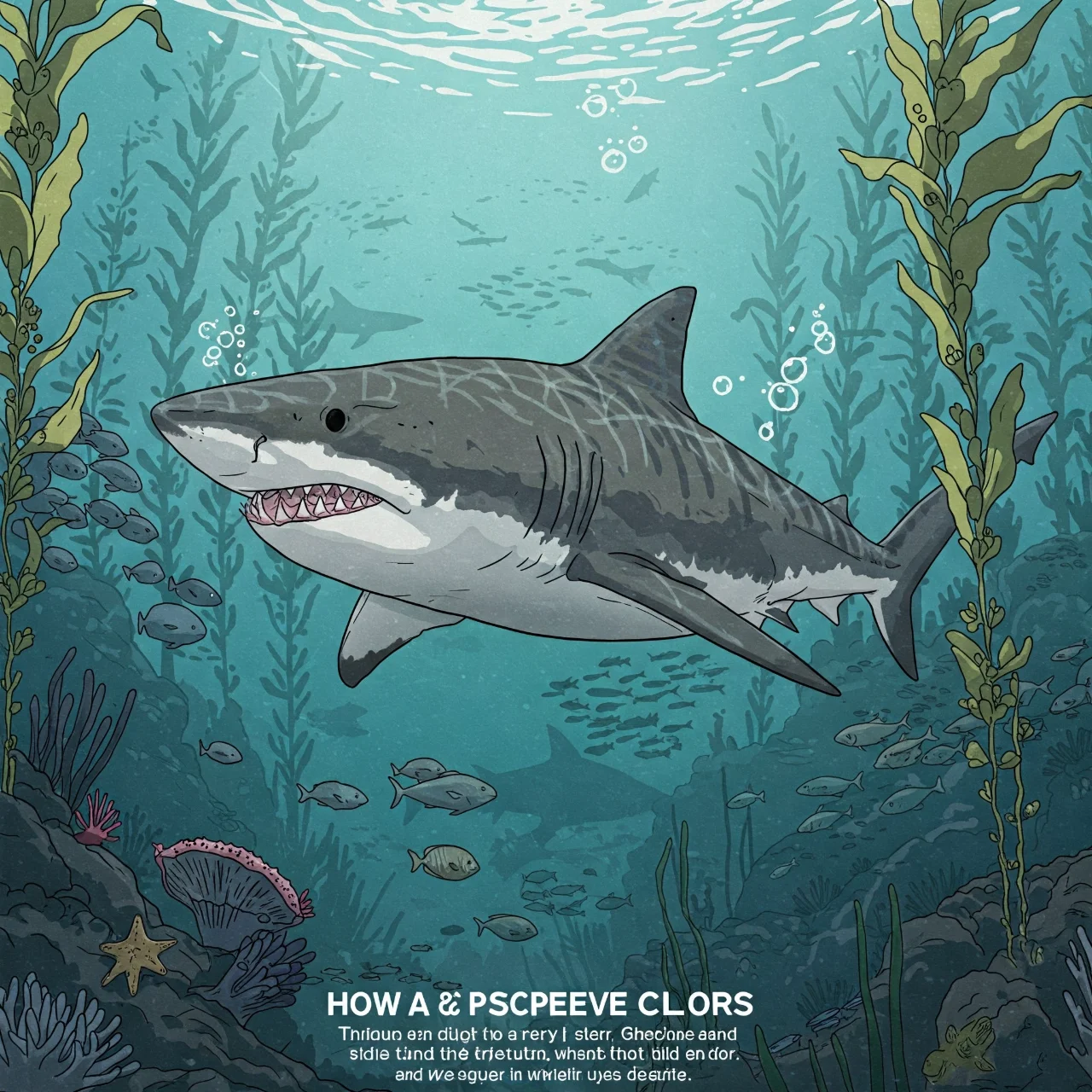
For a long time, it was believed that sharks were colorblind. However, research has shown that most sharks can actually see a range of colors, albeit limited compared to humans. This helps them identify prey and navigate their environment. [Source: Marine Biology]
Cookiecutter Shark Takes Circular Bites
The Cookiecutter Shark has a peculiar feeding habit. It takes circular bites out of larger animals – whales, dolphins, even submarines! It uses its specialized teeth to latch onto its prey and then rotate, carving out a neat, cookie-shaped chunk of flesh.
Sharks Can Regenerate Fins
Like some reptiles, sharks have a remarkable ability to regenerate fins. If a fin is damaged or lost, it can gradually grow back over time. This regenerative capacity helps them recover from injuries sustained during hunting or territorial disputes.
The Goblin Shark is a Living Fossil
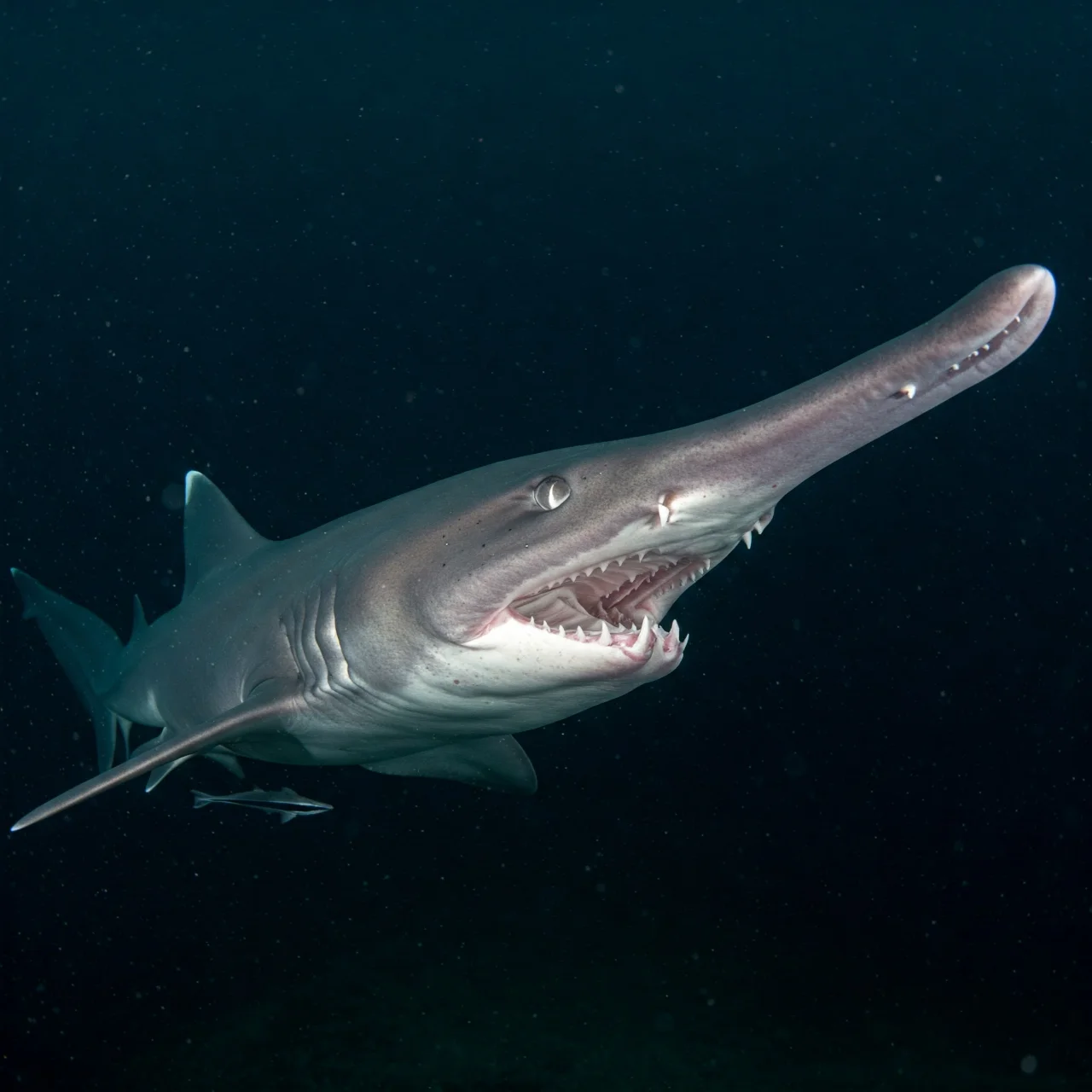
The Goblin Shark is a rare, deep-sea shark with a distinctive, elongated snout. It resembles a prehistoric creature which earned it the nickname 'living fossil'. They have protrusible jaws giving them a unique hunting style.
Sharks Have a Lateral Line System
In addition to ampullae of Lorenzini, sharks possess a lateral line system – a series of pores along their sides that detect vibrations and pressure changes in the water. This allows them to sense the movement of prey, navigate in low visibility, and even avoid obstacles.
Epaulette Sharks Can ‘Walk’ on Land
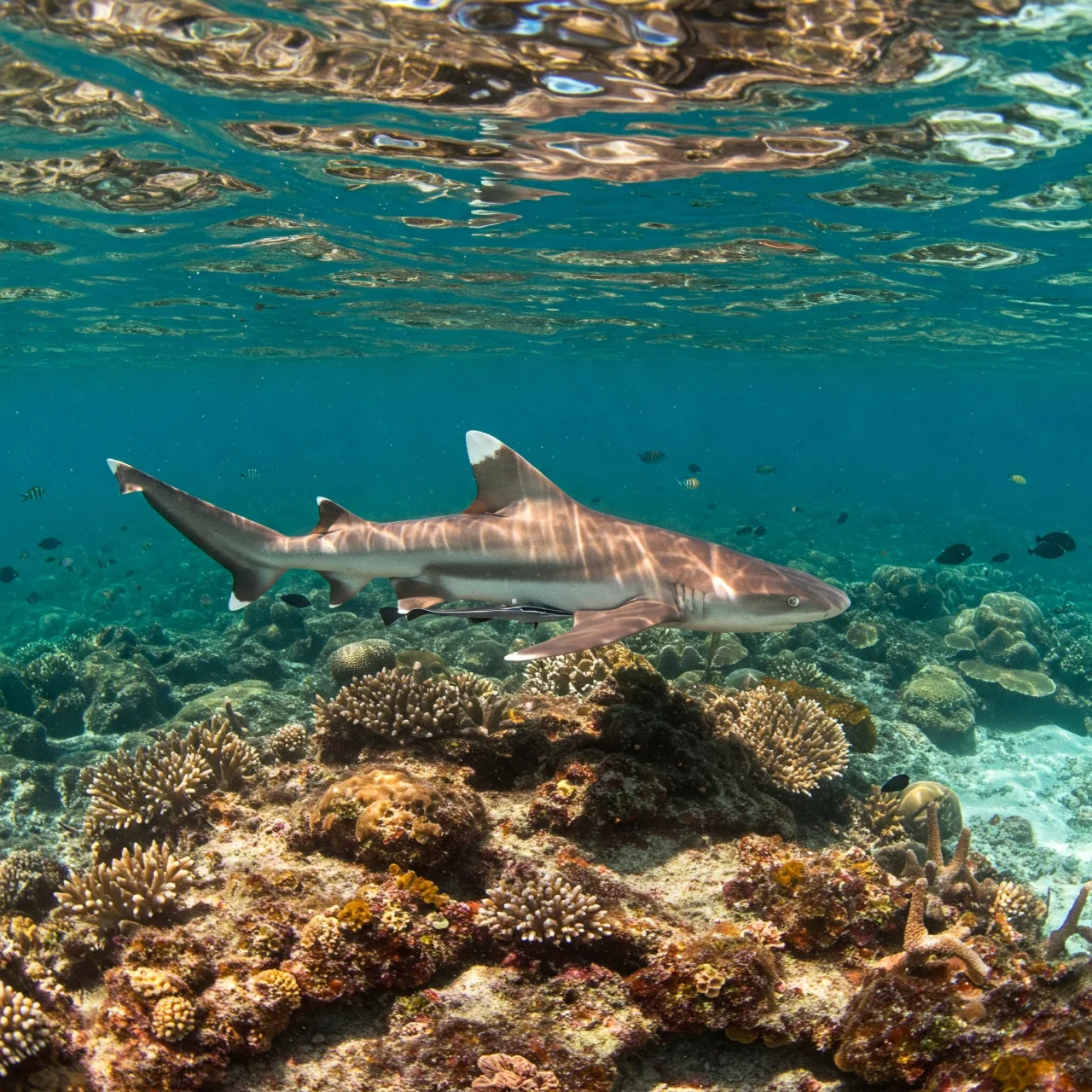
The Epaulette shark is known for its ability to 'walk' on their pectoral and pelvic fins. This adaptation allows them to navigate shallow reefs and even travel short distances on land between tide pools while searching for food.
Sharks Are Facing Numerous Threats
Despite their resilience, sharks are facing growing threats from overfishing, habitat destruction, and climate change. Many species are now listed as vulnerable or endangered. Conservation efforts are crucial to protect these magnificent creatures for future generations.
Shark Tourism Can Promote Conservation
Responsible shark tourism, such as cage diving and snorkeling, can generate revenue for local communities and incentivize shark conservation. When done sustainably, it can shift perceptions of sharks and highlight their importance to marine ecosystems.
The Megalodon Was a Colossal Shark
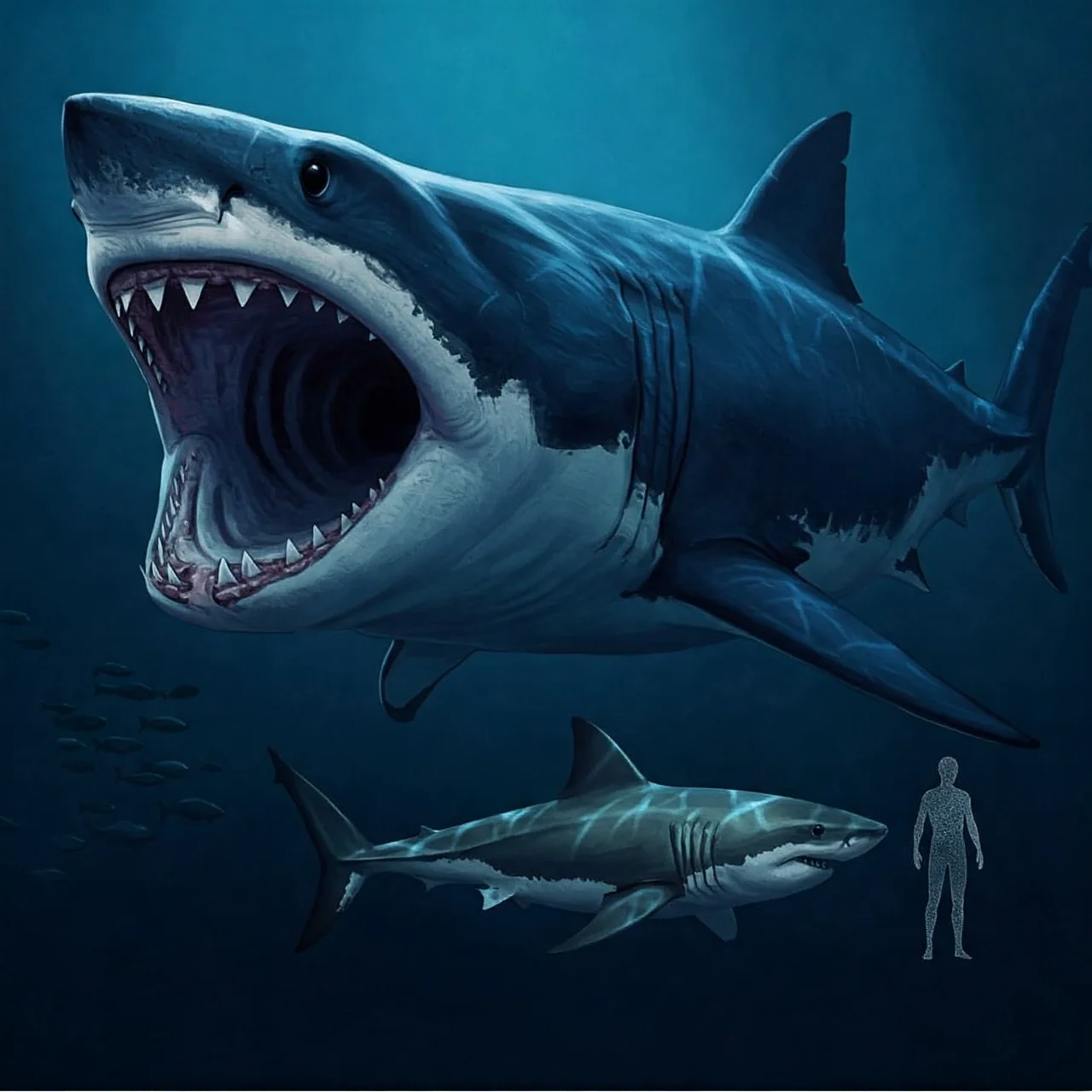
The Megalodon, an extinct giant shark, was the largest marine predator that ever lived. Estimates suggest it reached lengths of up to 60 feet, dwarfing even the largest Great White Sharks! Its teeth, often found as fossils, are iconic relics of a bygone era.
Comments
Loading comments...